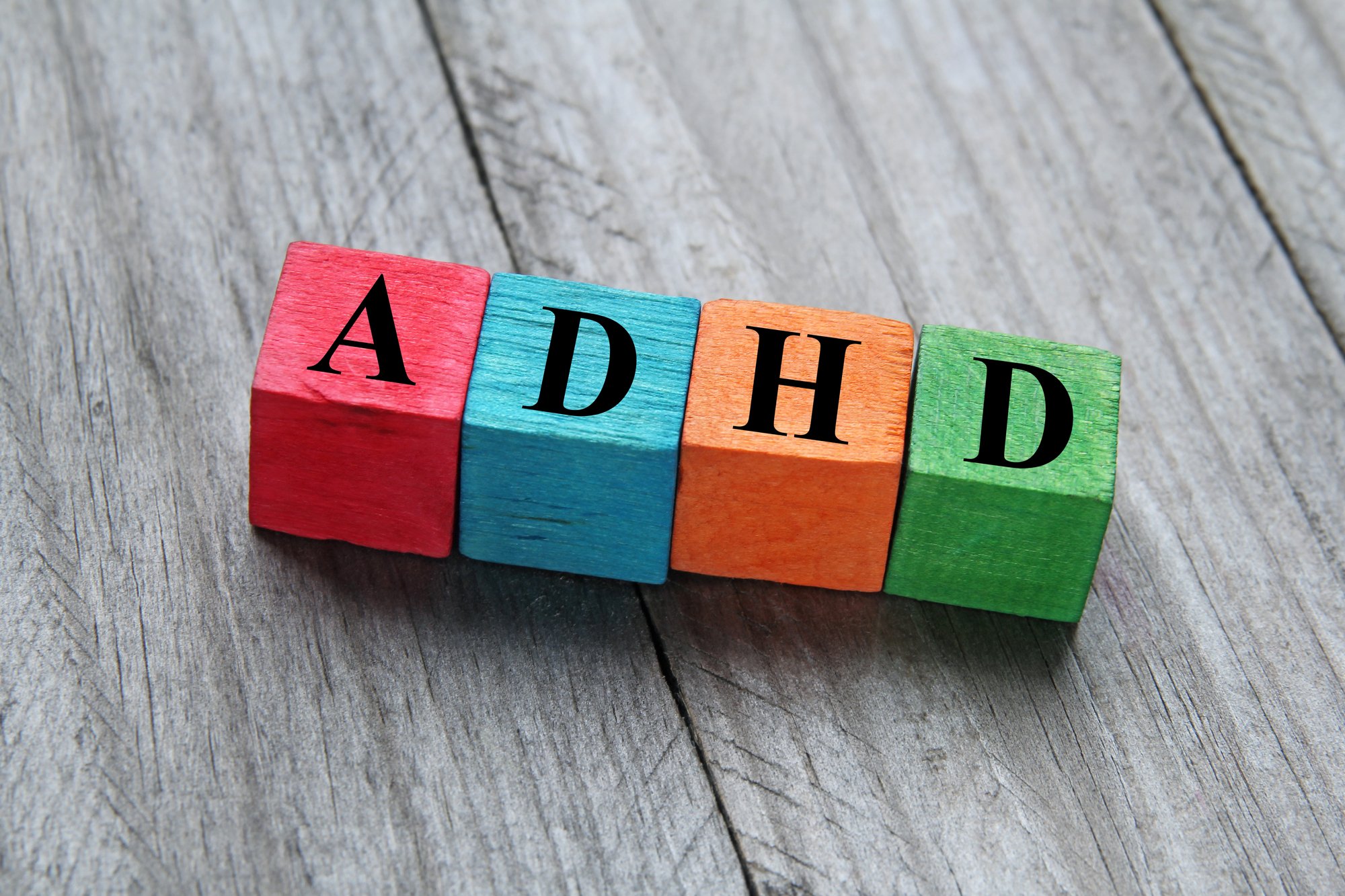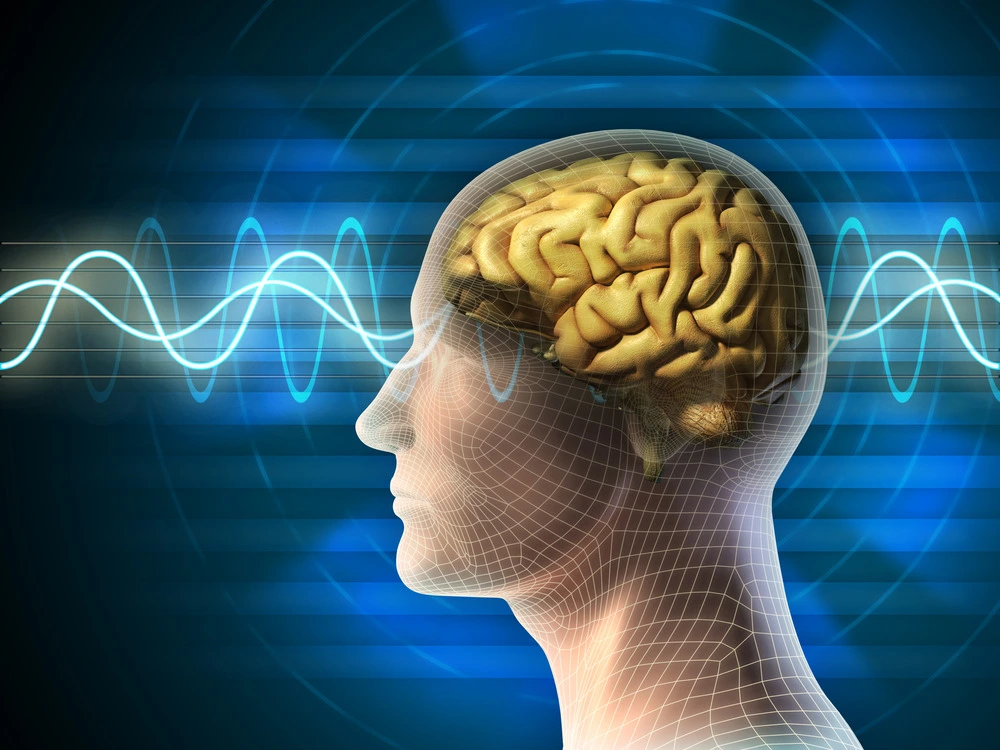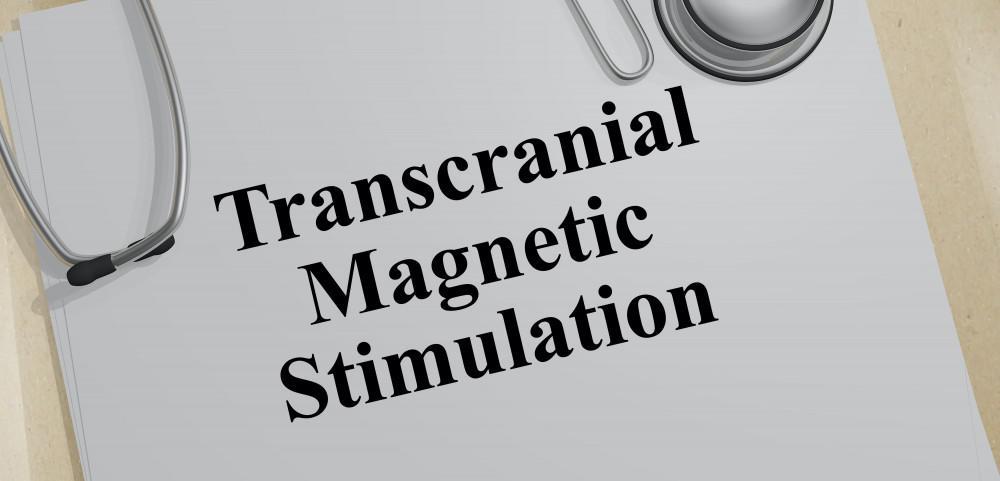Transcranial magnetic stimulation, or TMS, is becoming widely known as an alternative therapy for treatment-resistant depression, among other mental illnesses such as anxiety, PTSD, and OCD, as well as chronic migraines. The sudden emergence of this treatment has many people turning heads — trans-what? Where did this new treatment come from, and how do we know it’s safe? Many people don’t know that TMS wasn’t always used as a treatment for depression; it has a long history in the medical field, and it still used for a variety of medical purposes. So, how was TMS developed?
Where did it all begin?
The history of TMS really begins with the history of studying the interaction between electricity and the brain. There has been scientific interest in this connection for thousands of years; Compositiones, a compilation of medical treatments dating back to 46 AD, features a recommendation of applying electric torpedo fish onto the scalp as a treatment for headaches. Other ancient medical records include similar treatments such as using live electric catfish to treat epilepsy.
While there is evidence that this connection has been explored throughout history, the foundation for modern electrophysiology was not laid until the late 18th century by Luigi Galvani through substantial research on the effects of electricity on the body. On this foundation, Michael Faraday made an important discovery in 1831. He proposed that every electrical current has a corresponding magnetic field, and therefore, altering one could alter the other. This reciprocal relationship is the underlying principle behind magnetic neural stimulation.
The Development of Neural Stimulation
Experimentation with the purpose of directly stimulating the human brain began in the late 19th century. Soon after, Italian physicians Bini and Cerletti developed ECT, or electroconvulsion therapy in the 1930’s, which involves electrically inducing a general seizure. ECT became widely used as a treatment for a variety of mental illnesses, and it still used to today for some severe cases of treatment-resistant mental disorders including depression. While it remains an effective treatment for many conditions, the use of anesthesia and associated health risks reserve it as a last resort option. Physicians wanted a safer and more accurate way to stimulate electrical signals in the brain.
In 1980, Merton and Morton developed transcranial electrical stimulation, or TES. This process could stimulate the motor cortex through the skull, but was very uncomfortable to the patient. Anthony T. Barker found an alternative in 1985 when he developed the first TMS device. Rather than using electricity, this device used a magnetic pulse in order to stimulate electrical signals within the brain tissue, based on Faraday’s 1831 discovery. This invention was groundbreaking because it accomplished neural stimulation without the painful or dangerous side effects. The risks of TMS remain rare, with an extremely low risk of seizure and low risk of fainting. Common side effects include a mild headache or lightheadedness that subsides quickly.
The abilities of the first TMS device were limited, but further improvements and technological advancements led to modern devices that can send repeated magnetic pulses at specific frequencies. Additionally, TMS wasn’t invented for treating mental conditions. The device was originally designed as a diagnostic research tool; it aided in measuring activity and function of specific neural pathways within the brain, and it is still widely used in clinical trials for this purpose.
TMS as a Medical Treatment
The medical properties of TMS were not acknowledged until a pilot study was published by Hans Martin Kolbinger in 1995. This study provided the first evidence that TMS had a significant impact on depression symptoms among patients with major depressive disorder. Since then, research has only grown on the effectiveness of TMS in treating a variety of neurological conditions. There is now scientific evidence that TMS has potential in treating Alzheimer’s disease, epilepsy, schizophrenia, stroke related disability, traumatic brain injury, multiple sclerosis, tinnitus, persistent vegetative states, and amyotrophic lateral sclerosis. It also shows promise for treating Parkinson’s disease, anxiety disorders, substance abuse, and addiction. TMS became approved by the U.S. Food and Drug Administration for treating depression in 2008.
Although many people are only now hearing about TMS for the first time, magnetic neural stimulation has had a long journey in the medical field to bring us the TMS methods and devices that exist today. As scientific research continues, TMS will become more accessible ad widely known as a treatment for many neurological disorders.


























